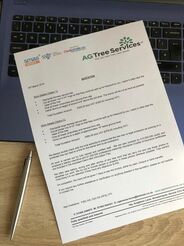
As I conduct all of the quoting for AG Tree Services, one of the most common questions that I am asked is – can you give me a ball park figure for the work. This is often asked before I have even seen the tree or hedge or whilst I am on site looking at the work. The simple answer is no. Whilst we are generally selling our time rather than a product, here are the reasons why it is not that simple.
When looking at the tree work, I am considering factors such as the following;
- Is there any legal protection that requires an application (TPO/Conservation Area etc)? If it does, it may require an in-depth report to give it the best chance of obtaining approval (TPO) or no objection (Conservation Area) from the local planning authority. Even if the application is straight forward, the submission of the application and associated maps takes time.
- What is the access like? If you can get the vehicles and chipper close to the tree this makes a big difference. There is often several tonnes of waste even in smaller trees and if that has all got to be carried a long way, or around/over/through obstacles this adds considerable time to the equation.
- How much (green) waste will be created – this includes logs, chip and rakings. If there is lots of timber to cut up, it produces a lot of sawdust which is time consuming and can costly to dispose of, as can rakings which can’t go through chipper as if they have any foreign objects in them (stone, dirt, metal) this will damage the chipper. There is a common misconception that tree surgeons are onto a good thing by getting paid for a job and getting to take the logs away. Believe me, I would rather leave it all on site! There is such a small profit margin on firewood by the time you move it, ring it up, split it, season it, load it up and deliver it. The woodchip can be sold as biomass if it meets the grading but you get next to nothing per ton and you have to have a loader that can load into the collection lorry. The other option is pay to dispose of it, which is what we do with our wood chip and rakings.
- What targets are below or around the tree? If there is nothing, excellent. More likely there will be a greenhouse or pond or conservatory or prized plant or chicken coup or … you get the idea. This makes safely removing the tree (or parts thereof) much more time consuming as it has to rigged off using ropes and pulleys and possibly other equipment to try to avoid breaking anything.
- Is the tree likely to be full of metal/stone/dirt or other undesirable materials? People like to attach all sorts to trees which often grow into and are lost in the tree over time. It is extremely common to find items in the centre of trees with the chainsaw. Sometimes this is predictable (boundary trees commonly have old fencing and/or nails in them, multi-stemmed trees often have soil trapped in the unions etc) and as this costs in wear and tear on the chainsaw chains, it also costs in time spent keeping the chain sharp so that it can cut efficiently. To give you an idea, a replacement 3 foot bar and chain for one of our larger saws just cost £183.
- What is happening with the timber and/or woodchip? If it is being kept by the client this will save time both in physically moving it off the site and in the vehicle moving it to wherever it is going (usually a yard). If it is being removed, can it be moved mechanically in large pieces or does it need to be removed by hand. Is there a market for this timber species? If so, is it worth selling to this market as often the returns don’t justify the time and effort, contrary to common belief. Some customers have the timber split into logs ready for them to season. This is absolutely fine and a service we are happy to provide but it obviously makes a difference to the cost.
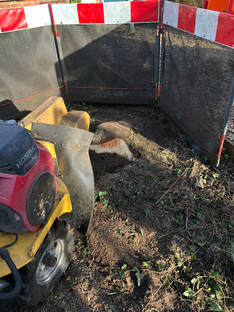
- What is happening to the stump? Is it being left as a few feet tall (standing deadwood habitat, to hang something from, to grow something up, to have a chainsaw carving commissioned etc) or is it being cut as low to the ground as possible? This makes a difference to time and materials that may need to be taken away. Then there is the question is the stump being treated to prevent regrowth (the cost of the chemical has to be included if so) or is it being ground out. If it is being ground out, how easy is access for a stump grinder. Ours is 26 inches wide, around 8 feet long and weight a third of a ton!
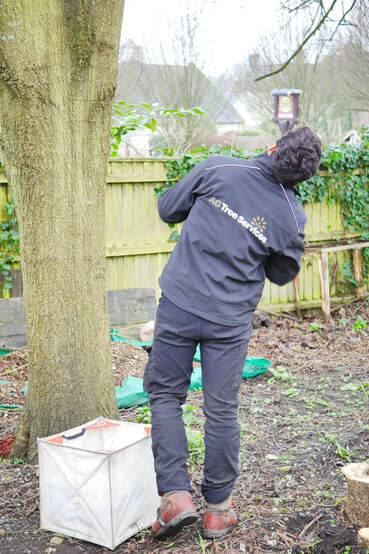
- What equipment is required. Tree surgeons often turn up with tens of thousands of pounds worth of kit on a standard day with a tipping van or 4x4, a chipper, climbing kits and chainsaws. If you start adding in specialist kit or equipment such as rigging, loaders, winches etc it makes a difference to the price.
- Is there any other factors that need to be considered? Is the tree safe to climb or is a cherry picker (MEWP) the best option. Will I be required to make several site visits before carrying out the work? Is the person requesting the work actually the owner of the tree or will we need to make contact with the owner to inform them of our intentions to cut their tree (overhanging a boundary for example)? Will the trees require a specific survey before carrying out the work (bats, nesting birds, potential hazards etc).
There are other factors which will also affect the price of a job in any business, not just tree surgeons; overheads, current work schedule/availability and travel time are to name but a few.
We are fully insured and have invested in a considerable amount of equipment and training to ensure that we are able to carry out work to a high standard and safely. We also pay for a Health & Safety accreditation (SMAS) to give customers a piece of mind that we can do what we claim to be able to do.
When you are comparing tree surgery quotes, it is important to ensure they are like for like. Are all the companies offering to carry out exactly the same operation? Are they all quoting to remove logs, chip, sawdust, rakings etc? Are they fully insured (public liability, usually between £5-£10 million and professional indemnity if they are offering advice for financial gain)? Do they have a waste carriers license and a legitimate way of disposing of arisings or will they be dumping it down a country lane down the road from you?
So, to put all potential clients mind at rest and to try and answer the initial question, we will always give our best price during any quotation but the above factors will need be considered. There may even be other considerations which will also need to be assessed. Whilst here at AG Tree Services Ltd we clearly invest in many areas to ensure we are able to provide the highest level of service possible, we do manage to remain competitive as we have assembled a team of highly skilled and extremely hard working arborists who are often able to work smarter to complete jobs quicker than other companies.
We still manage to win a large amount of our work based on price alone and for those occasions when we are not the cheapest, quite often some of the other benefits of using our company - being a local, well established company that are often recommended due to our staff being trustworthy, reliable, polite and highly professional – win us the rest of our work.

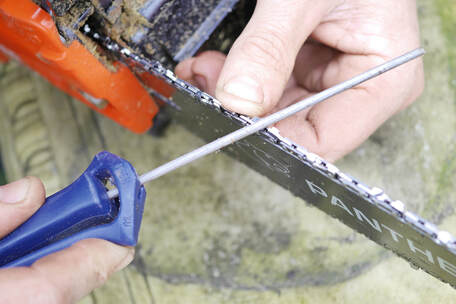
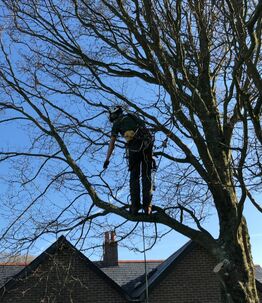
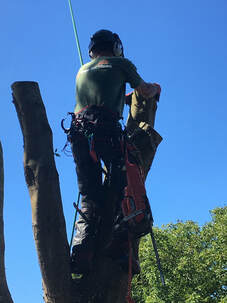
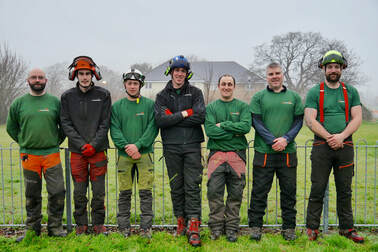
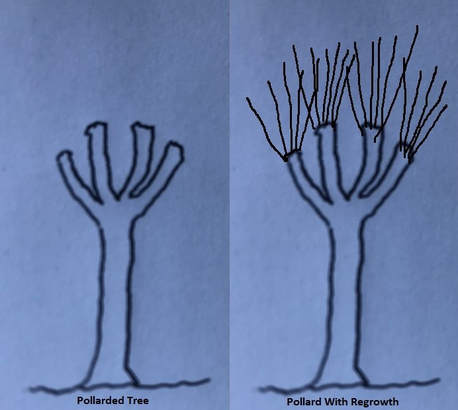
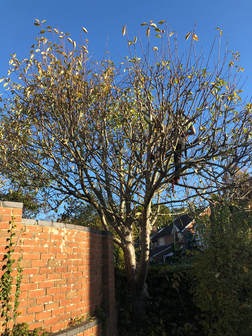
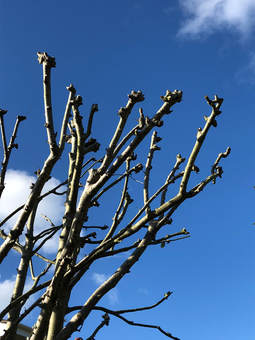
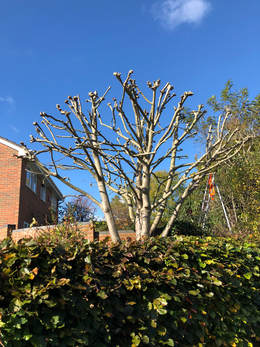
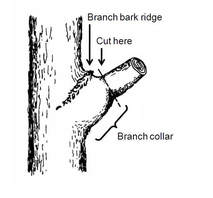
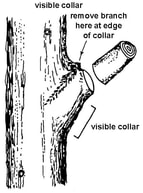
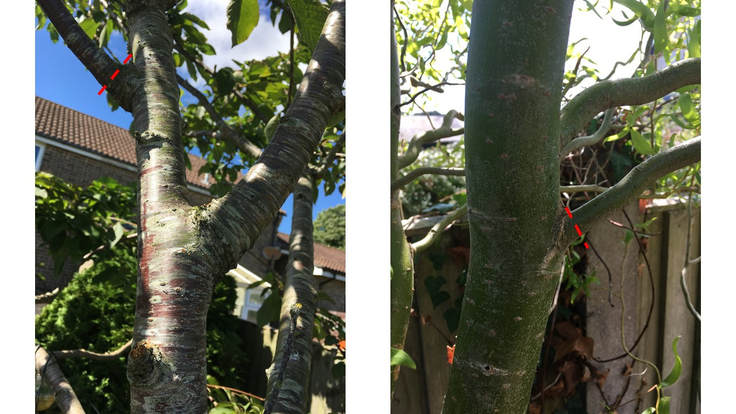
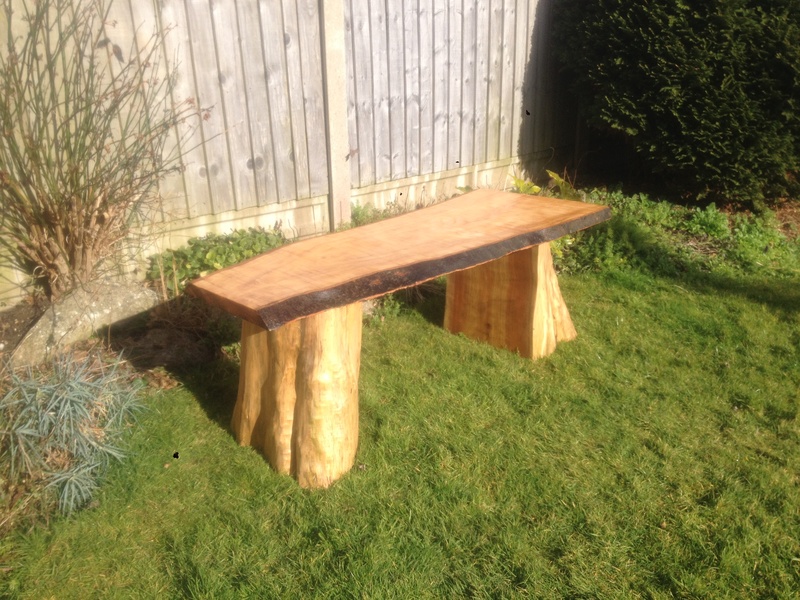
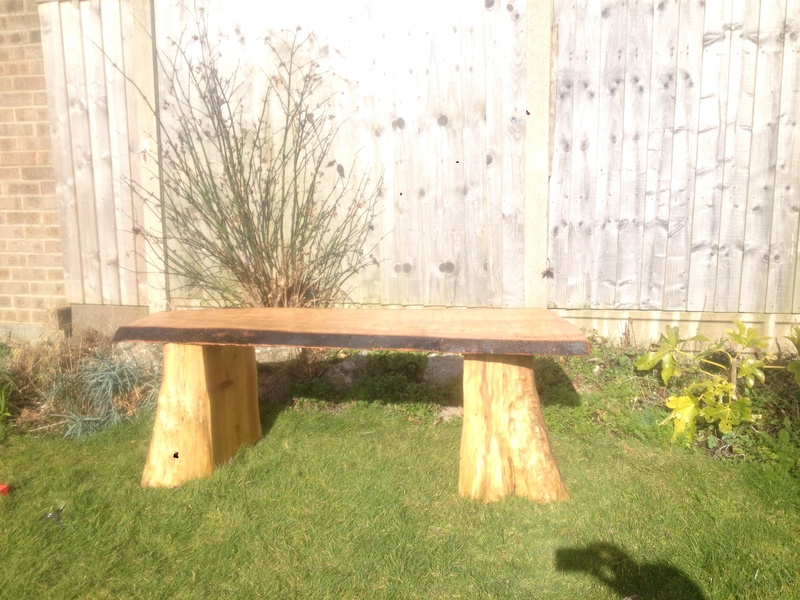
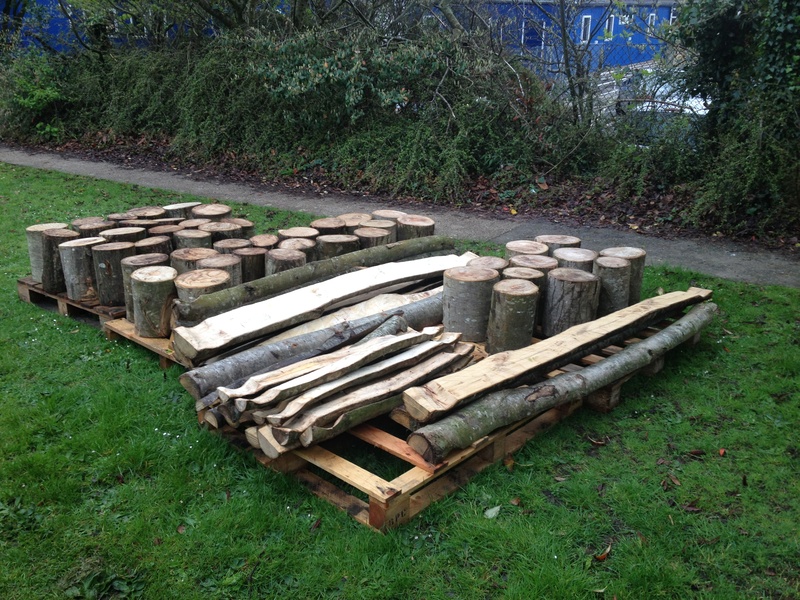
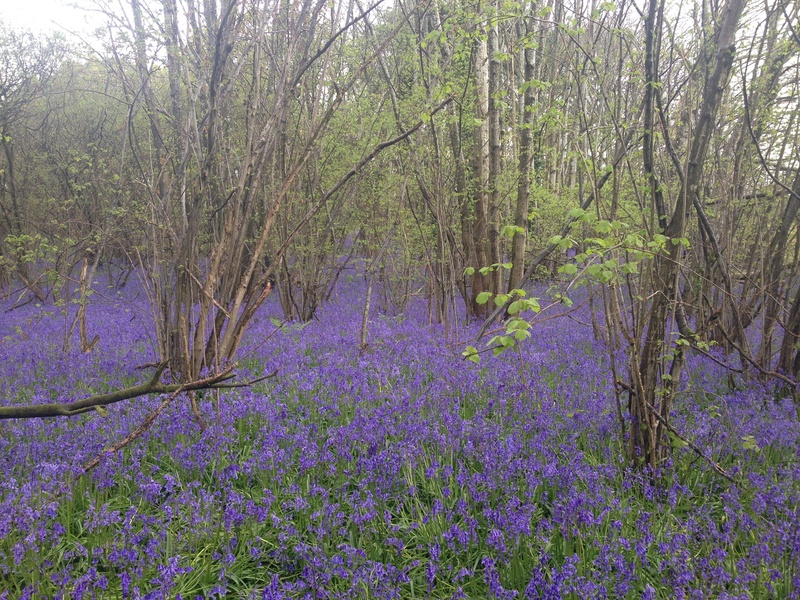
 RSS Feed
RSS Feed
